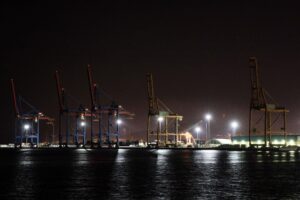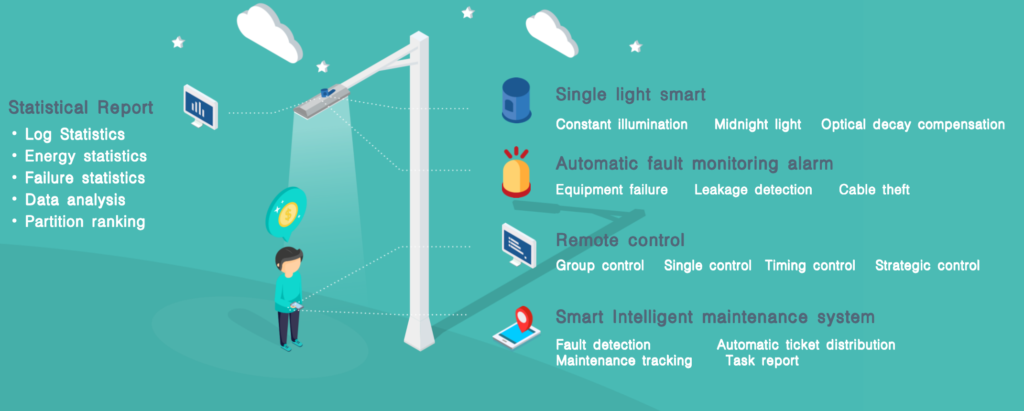Outline
- Introduction
- Why Do Marine and Port Lighting Systems Need Reliable Photocontrols?
- How is the JL-118 Photocell Photo sensor for Marine and Port Operations?
- Where Has the JL-118 Street Light Sensor Already Proven Its Value?
- Why Should Ports Choose JL-118 for Coastal Lighting Control?
- The Bottom Line
Ports never sleep. Ships and cargo terminals need light to operate safely around the clock. But harsh coastal conditions make manual light control unreliable.
Salt, humidity, and sudden weather changes push equipment to its limits. That’s why smart, automatic lighting is no longer optional — it’s essential.
The JL-118 photocell switch delivers stable dusk-to-dawn switching, built for the toughest marine environments. It helps ports improve safety, cut energy waste, and reduce costly maintenance.
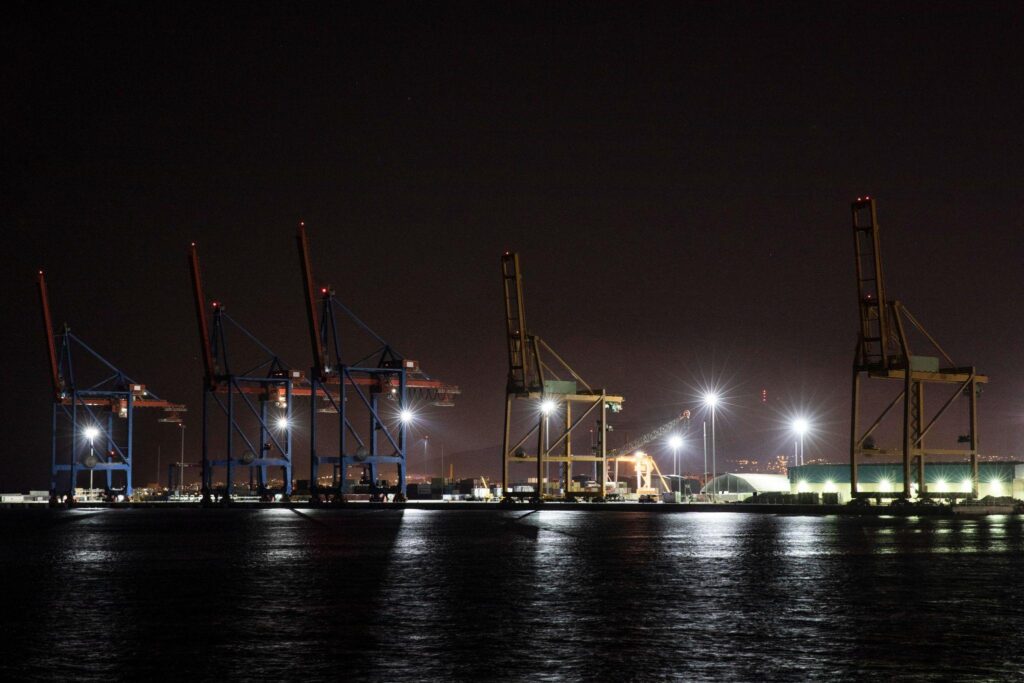
Why Do Marine and Port Lighting Systems Need Reliable Photocontrols?
Ports and coastal terminals demand lighting that works — without fail. In marine environments, equipment endures:
- Wide swings in temperature (from baking sun to cold night).
- Salt spray and humid air are corroding metal and damaging sensors.
- Sea mist ingress and condensation can short-circuit or degrade electronics.
- Remote or expansive sites (cranes, piers) where walking out to flip switches is impractical.
Here is a table comparing environmental challenges at ports vs lighting risks.
| Challenge | Impact on Lighting | Why Photocells Help |
| Salt mist & corrosion | Rust, sensor failure | Corrosion-proof materials extend life |
| High humidity | Short circuits, condensation | Sealed IP-rated housing prevents ingress |
| Wide temperature shifts | Sensor drift, malfunction | Temperature-compensated design maintains accuracy |
| Remote/large sites | Missed manual switching | Automatic dusk-to-dawn control ensures coverage |
Automatic dusk-to-dawn light switching is not just convenient — it’s critical. Why? Because
- It ensures lighting is active only when needed
- Reduce energy waste
- Guarantee safety during operational hours
Manual switching often fails in these settings. Human error, power outages, or mechanical switch degradation can leave areas dark at night or waste power in daylight. In large terminal operations, coordinating manual control across many fixtures is inefficient and error-prone.
A robust dusk-to-dawn photocell overcomes these pitfalls — it reacts to ambient light reliably, without intervention, and resists the harsh coastal stresses that typical controls cannot.
How is the JL-118 Photocell Photo sensor for Marine and Port Operations?
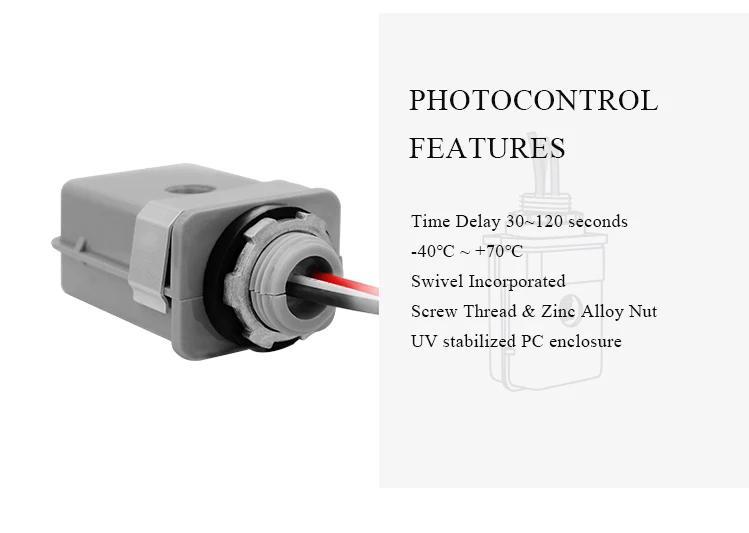
The JL-118 is a screw-in photocell switch made by Long-Join (Shanghai Longjun Intelligent Technology). It reacts to ambient light and automates lighting control. Its design is tuned for harsh settings — it resists corrosion, copes with wide temperature swings, and includes features to avoid false triggering.
Here’s a breakdown of its key features and how they benefit marine and port deployments:
| Feature | Technical Advantage | Relevance in Marine |
| Auto On/Off (dusk-to-dawn) | Turns the lighting on at low lux (≈ 10–20 Lx) and off at higher lux (≈ 30–60 Lx) | Eliminates the need for manual switching in large or remote terminal areas, ensuring lights operate exactly when needed. |
| Time Delay (30–120s) | Built-in delay prevents switching from stray light pulses (ship spotlight, lightning) | Protects against flicker or false triggers common in port environments with many light sources. |
| Temperature Compensation | Maintains performance from –40 °C to +70 °C | Handles day-night swings, tropical heat, chilly nights, without drift or misbehavior. |
| IP-Rated & Corrosion Resistance | Zinc alloy nut, neoprene sealing, UV-stable enclosure | Blocks the ingress of salt mist, humidity, and UV degradation near the sea. |
| Swivel / Adjustable Mount | The optional swivel base allows directional alignment post-installation | Enables precise aiming in tight crane assemblies or angled lighting setups without moving the entire fixture. |
How Those Features Translate into Real Benefits
● False trigger immunity
The delay plus bimetal design stops sudden flashes (e.g., lightning or passing spotlights) from toggling the light.
● Stable behavior under extremes
Whether under blazing sun or cold nights, JL-118 maintains consistent ON/OFF thresholds thanks to temperature adjustment.
● Long life in salt air
Corrosion-resistant materials and sealing limit damage from salt-laden air and mist.
● Flexible deployment
The swivel allows local adjustment in awkward geometry around cranes, piers, or superstructures without rewiring.
Where Has the JL-118 Street Light Sensor Already Proven Its Value?
Case 1: How Did Singapore Port Benefit from JL-118?
In one deployment, an operator replaced aging manual switches across their crane and terminal lighting with JL-118B (220 V version). The new setup triggered lights based purely on ambient light levels, eliminating manual intervention.
As a result, maintenance teams reported 30 % fewer emergency lighting faults over the first 18 months. Energy audits indicated about a 10–15 % reduction in lighting power consumption due to better scheduling and fewer hours of over-illumination.
Case 2: How Did a Coastal Shipyard Improve Ramp Lighting with JL-118?
At a coastal ship repair yard, the JL-118A version, installed with a swivel mount, addressed lighting across boarding ramps and walkways.
Because repairs run on unpredictable schedules, the automatic dusk-to-dawn control ensured lights followed operational needs seamlessly.
Over three years of exposure to salt spray, humidity, and cyclic weather, the units showed zero failures or false triggering. The swivel mount allowed fine directional alignment post-installation, avoiding costly rework.
Why Should Ports Choose JL-118 for Coastal Lighting Control?
Ports and coastal sites demand lighting control that won’t quit. The JL-118 photo switch sensor
stands out because it combines smart automation with rugged durability. Here’s why it makes sense — plus where it works best.
| Feature | JL-118 | Standard Photocell |
| Salt & humidity resistance | ✔ Zinc alloy + neoprene seal | ✘ Basic plastic |
| Operating range | –40°C to +70°C | –20°C to +50°C |
| False trigger immunity | ✔ 30–120s delay | ✘ Immediate switching |
| Mounting flexibility | ✔ Swivel option | ✘ Fixed only |
| Power draw | 1.5VA | 3–5VA typical |
Key Advantages of JL-118 in Coastal Environments
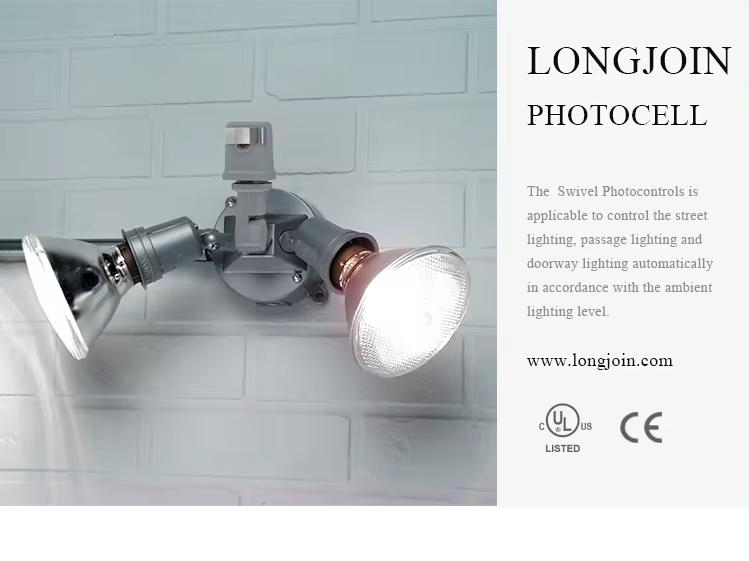
Ruggedness & corrosion resistance
JL-118 uses a zinc alloy nut and tight sealing to resist salt mist and humidity. That means less degradation, fewer failures, and longer life in harsh marine air.
Automatic dusk-to-dawn switching
It switches lights on at low ambient levels and off in daylight, no human needed. You get consistent scheduling without staff walking circuits or relying on timers.
Global voltage compatibility and certifications
Versions support a wide voltage range, i.e, from 220–240 V and 100–120 V. This makes JL-118 usable in many grid systems. It also carries CE, RoHS, UL, ISO, etc. certifications.
Low power draw
The device itself uses just 1.5 VA / 1.5 W (max). That overhead is negligible in large-scale lighting loads, yet ensures continuous control.
Built-in time delay & immunity to false triggers
The 30–120s delay prevents stray flashes or lightning from toggling lights erroneously. This is vital in ports that see many moving light sources (ship spotlights, vehicle beams).
Optional swivel / adjustable mounting
A swivel base or adjustable head lets you aim the sensor after installation. That lets you avoid reflections (from water, metal) and ensures the sensor “sees” ambient light correctly.
Suitable Applications in Port & Coastal Settings
Because of the above traits, JL-118 is ideally suited for:
- Port cranes & gantry lighting — sensor withstanding spray and high vantage points.
- Dock & ship deck lighting — ensuring safe pathways and work zones automatically.
- Boarding ramps & gangways — lighting only when needed during variable ship arrival times.
- Coastal warehouses & shore power areas — controlling perimeter and security lighting under harsh weather.
In these roles, JL-118 becomes more than just a light sensor. It’s the go-to port crane light sensor and salt-resistant photocontrol you can count on in sea-adjacent installations.
The Bottom Line
Reliable lighting is critical for safe and efficient port operations. The JL-118 photocell delivers durability, energy savings, and consistent dusk-to-dawn control in harsh marine conditions. For ports seeking proven performance, Chi-Swear offers a trusted supply of JL-118 smart photocontrollers with expert support for coastal projects.


